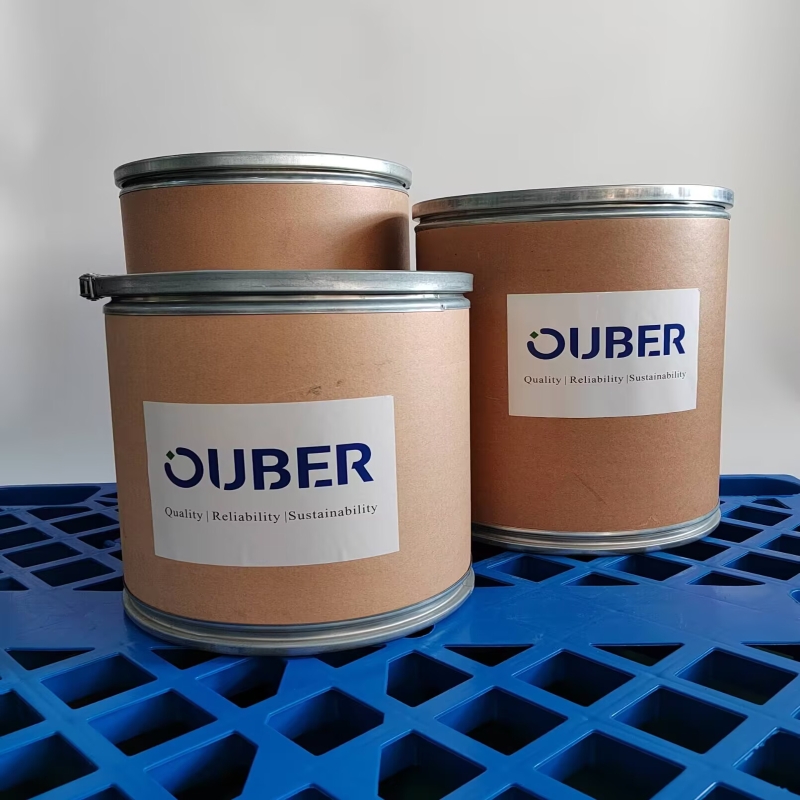-
Categories
-
Pharmaceutical Intermediates
-
Active Pharmaceutical Ingredients
-
Food Additives
- Industrial Coatings
- Agrochemicals
- Dyes and Pigments
- Surfactant
- Flavors and Fragrances
- Chemical Reagents
- Catalyst and Auxiliary
- Natural Products
- Inorganic Chemistry
-
Organic Chemistry
-
Biochemical Engineering
- Analytical Chemistry
-
Cosmetic Ingredient
- Water Treatment Chemical
-
Pharmaceutical Intermediates
Promotion
ECHEMI Mall
Wholesale
Weekly Price
Exhibition
News
-
Trade Service
Former
Nasa
scientists have invented a new hybrid pollen that bees fed to produce a new
"fashion honey
" for
.bee feed is made from stevia extract and beeswax, and field trials are under way in the Malaysian rainforest. The honey produced is available to patients with type 1 and type 2 diabetes in the global market.invented the hybrid pollen by dr.
Joseph A Resnick
, a former
NASA
scholar who is now a leading researcher at Yadenkalou University in Malaysia and a consultant to several international food, high-tech and cosmetics companies.Resnick
's focus is on leading the team to work with local and
NASA
scientists to explore new plant compounds in the rainforests of Malaysia, China and Mexico.The team has been identifying and developing new plant extracts and then using them to develop plant-based sustainable products that can be used as feed for bees, to treat hive messes, or to be applied to human health programs like fashion honey.Nanotechnology pollinatorfrom
NASA
's development of new hybrid pollen to raise bees to the development of new varieties of edible honey for diabetics, researchers at
Resnick
have used microcapsules technology derivatives.In order for bees to produce new fashion honey, we feed them with natural beeswax and stevia extracts, then wrap them in pollen-sized microcapsules and feed them with microcapsules.stevia has been used in traditional Chinese medicine for thousands of years and contains
Rebaudisol A-E
and
X
compounds that have many health benefits and have been shown to treat certain diseases.article, Resnick
detailed
the team's development of delivery systems using common beeswax. The new bee feed contains nutrients that allow bees to lay more eggs and honey. The potential application of this technology is wide.Resnick
:
"
microcapsules are similar in size and weight to pollen particles that bees collect when they collect food.
the
developed in collaboration with other researchers, I was able to create
20
microns in diameter.
”Just like honey in the production process, we put a quantitative amount of special liquid honey into a well-made ball so that the bees can transport the ideally shaped ball back to the hive for use and absorption by the population.Like
carrying natural pollen grains, bees can easily load these balls into the pollen "basket" of their hind limbs.
," said Resnick
, who also showed that bees can consume about
10
of new ingredients over a
6
-day time.I initially chose to do field observations during the monsoon season in Malaysia, which convinced me that the substance was a useful feed for beekeepers around the world during the monsoon season and winter. reported that beekeepers lose
40 percent of
of their bees during the winter or tropical monsoon season in the Mexican state of Yucatan, and that the development of this feed could also prevent the extinction of the
M. Beecheii
bee population in yucatan, Mexico. this microcapsules can be used as antibiotics during pollination. For example, it can be used to treat aflatoxin disease and other diseases brought into the hive by bees. They can be made into huge, tiny, nanoscale, micron (pim) and nanon (fly meter) grades, or they can be encased in anything the right size. trials of the new bee feed have been conducted in the United States, China and Malaysia, the Mexican state of Yucatan and Brazil.
Resnick
said
M. beecheii
extinction has brought devastating damage to Latin America, and he intends to deal with it with other variants of hybrid pollen.







